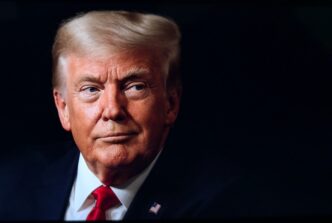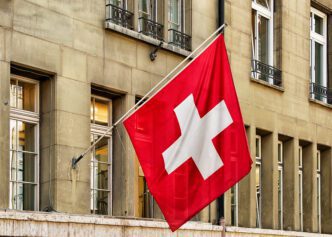President Donald Trump’s proposed tariff plan, projected to reduce the U.S. deficit by $2.8 trillion over a decade, is anticipated to simultaneously contract the economy, propel inflation, and diminish household purchasing power, according to a Congressional Budget Office (CBO) analysis. The CBO report, addressed to Democratic congressional leaders, delves into the comprehensive tariffs envisioned by the Trump administration, which target various countries globally.
The analysis reveals that the tariffs may lead to decreased consumer spending on goods from affected nations. It estimates an increase in the annual inflation rate by 0.4 percentage points in 2025 and 2026. These tariffs, initiated through executive actions from January to May, are presumed permanent in the CBO’s assessment. However, a federal court has since overturned these tariffs, a decision that is currently under appeal, allowing continued tariff collection in the interim.
The CBO’s findings align with other economic forecasts, which suggest that while the tariffs could lower the deficit by $2.8 trillion over ten years, they would also likely reduce household wealth and slow economic growth. Specifically, the gross domestic product (GDP) is expected to decrease by 0.06 percentage points annually. Another economic model, the Penn-Wharton Budget Model, has previously projected a 6% reduction in long-term GDP and a 5% decrease in wages due to these tariffs.
The CBO acknowledges significant uncertainties in its estimates, partly due to potential policy changes by the Trump administration. President Trump has a history of modifying tariff plans via social media announcements. In April, he paused tariffs on most nations for 90 days, while substantially increasing tariffs on Chinese imports to 125%. Recently, he raised tariffs on steel and aluminum imports to 50%, a move expected to burden businesses and elevate consumer prices, with these tariffs taking effect this week.
The Organization for Economic Cooperation and Development forecasts a slowdown in U.S. economic growth to 1.5% in 2026, coinciding with the implementation of these tariff policies. The White House has not provided comments on the CBO report.








